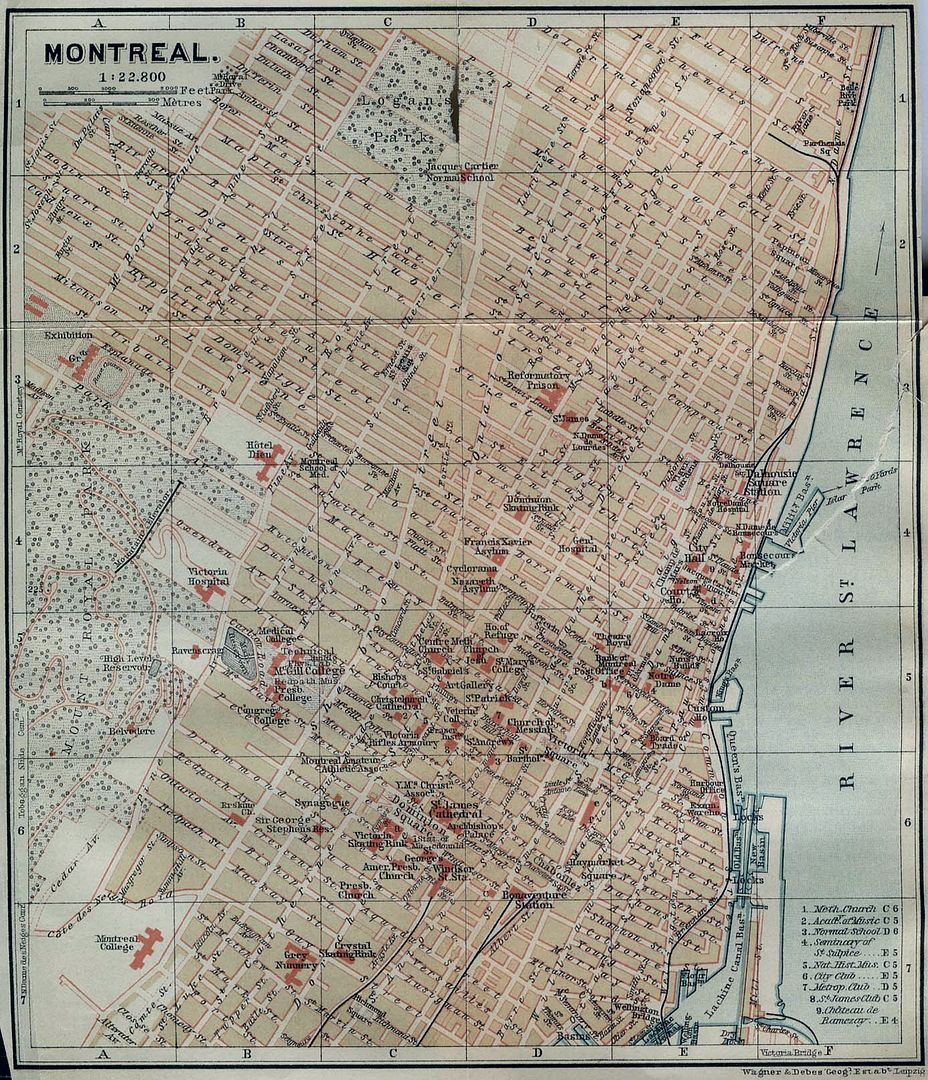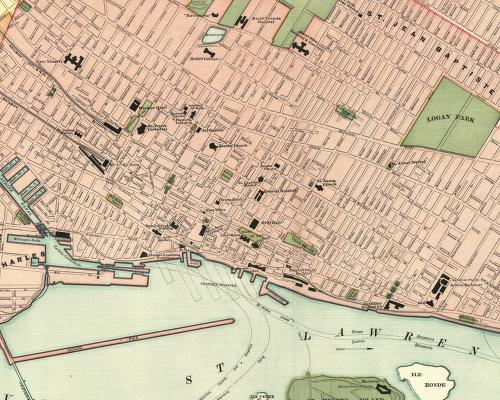In looking at this aerial, one sees there's something odd about Toronto. The city doesn't seem to 'originate' by the lake because all the infill meant newer districts have emerged south of the city's historical starting points in the St. Lawrence area and Fort York. The empty waterfront lands look strange--you'd expect some of the oldest areas of the city to be by the water's edge where the settlers first arrived.
Montreal, on the other hand, clearly originates in the Old Port by the river and becomes newer as you move further inland in what seems like a more logical development pattern. Imagine the Distillery District, St. Lawrence area and Fort York right at the water's edge, the pre-skyscraper Financial District intact with all its ornate heritage buildings, and Union Station, the modern skyscrapers and all the rail lines in the Yonge and Bloor area. That would be a more picturesque city, but we have to make the best of what we have--we're capable of some spectacular things like the CN Tower built in the infill lands.

















